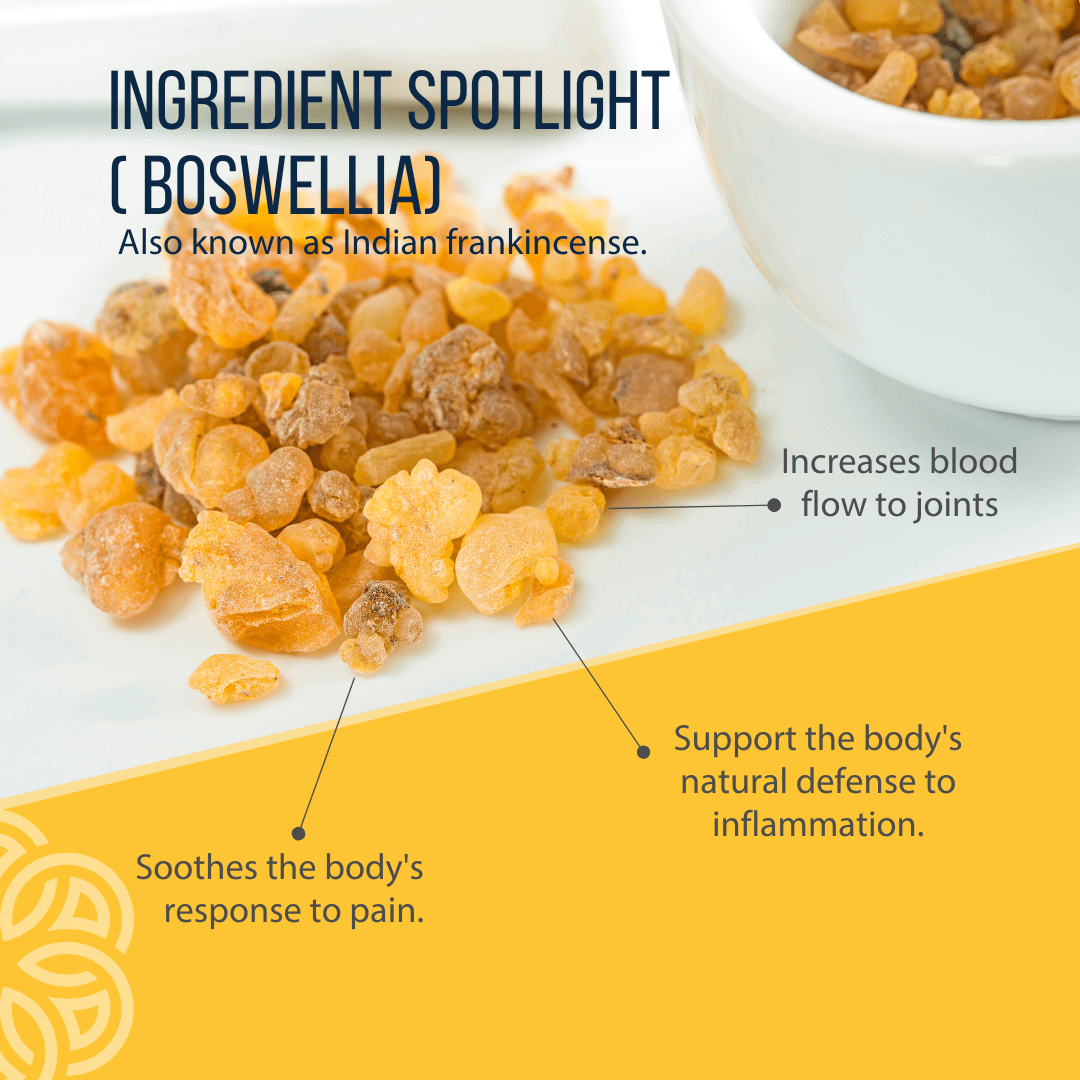From Kitchen to Medicine Cabinet: Unlocking Turmeric's Healing Powers for Pain Relief
Turmeric, the vibrant yellow spice commonly found in kitchen shelves, is more than just a flavorful addition to curries and smoothies. With its potent anti-inflammatory and pain-relieving properties, this spice has made its way from the kitchen to the medicine cabinet to naturally fight pain and inflammation.
Used for centuries in traditional medicine, turmeric contains a compound called curcumin, which has been extensively studied for its therapeutic effects. Research has shown that curcumin possesses powerful anti-inflammatory properties that can help reduce pain and inflammation in conditions such as arthritis, muscle soreness, and joint issues.
Scientific evidence supporting Turmeric's pain-relieving properties
But the benefits of turmeric go beyond pain relief. Studies have suggested that this golden spice may also aid in improving digestion, boosting immune function, and promoting healthy skin.
Now, with the growing popularity of natural remedies, turmeric supplements and creams have become readily available, providing an accessible and convenient way to harness its healing properties.
So, whether you're seeking relief from joint pain or simply looking to support your overall well-being, turmeric may be the natural solution you've been searching for. Discover the transformative power of this ancient spice and unlock a world of healing possibilities.
Understanding the active compound in Turmeric - Curcumin
When we talk about turmeric for pain we need to talk about a compound called curcumin. Curcumin is a natural polyphenol that gives turmeric its vibrant yellow color. It is also responsible for the spice's powerful anti-inflammatory and antioxidant effects. Studies have shown that curcumin can inhibit inflammatory pathways in the body, reducing pain and inflammation.
Furthermore, curcumin has been found to modulate the activity of enzymes and proteins involved in inflammation, providing a multi-faceted approach to pain relief. Its ability to suppress the production of inflammatory molecules, such as cytokines and prostaglandins, makes it a promising natural remedy for various inflammatory conditions.
However, it's important to note that curcumin has low bioavailability, meaning that it is poorly absorbed by the body. To enhance its absorption, it is often recommended to consume curcumin with black pepper or in the form of liposomal or nanoparticle formulations.
Scientific evidence, support Turmeric for pain-relieving properties. The pain-relieving effects of turmeric have been extensively studied, with numerous scientific studies supporting its efficacy. In a review of clinical trials, researchers found that curcumin supplementation resulted in significant pain reduction in individuals with arthritis, osteoarthritis, and other inflammatory conditions.
The anti-inflammatory properties of curcumin make it an effective natural alternative to non-steroidal anti-inflammatory drugs (NSAIDs) for managing pain. Unlike NSAIDs, which can have adverse side effects, curcumin is generally well-tolerated and has a good safety profile.
In addition to its anti-inflammatory effects, curcumin has also been found to modulate pain perception. Studies have shown that it can inhibit pain receptors, reducing the transmission of pain signals to the brain. This dual mechanism of action makes turmeric a promising option for those seeking natural pain relief.
Different forms of Turmeric available for consumption
Turmeric is available in various forms, each offering unique benefits and applications. The most common forms of turmeric include:
- Raw Turmeric: Fresh turmeric root can be grated or sliced and used in cooking or juicing. It provides a potent dose of curcumin and other beneficial compounds. However, raw turmeric can be difficult to find and may not be easily incorporated into daily routines.
- Turmeric Powder: Ground turmeric powder is the most widely available form of turmeric. It can be used in cooking, added to smoothies, or mixed with warm water to create a simple turmeric tea. However, it's important to note that the curcumin content in turmeric powder is relatively low, so higher doses may be needed for therapeutic effects.
- Turmeric Supplements: Turmeric supplements, often standardized for curcumin content, provide a convenient way to obtain higher doses of curcumin. They come in various forms, including capsules, tablets, and liquid extracts. When choosing a turmeric supplement, look for one that contains black pepper or piperine, as these compounds enhance curcumin absorption. Look Turmeric Gold and Inflammation Relief
- Turmeric Creams and Topical Products: Turmeric-infused creams and ointments can be applied directly to the skin to alleviate pain and inflammation. These products are particularly useful for localized conditions such as arthritis or muscle soreness.
Whichever form of turmeric you choose, it's important to follow the recommended dosage and consult with a healthcare professional if you have any underlying health conditions or are taking medication.
Incorporating Turmeric into your daily routine for pain relief
Integrating turmeric into your daily routine can be as simple as adding it to your meals or beverages. Here are some easy ways to incorporate turmeric into your diet:
 Turmeric Salad Dressing: Whisk together olive oil, lemon juice, 1 capsule of Turmeric Gold, black pepper, and a touch of honey to create a vibrant and healthy dressing for your salads. The combination of turmeric and black pepper enhances the absorption of curcumin. Remember to consume turmeric with a source of fat, as curcumin is fat-soluble and better absorbed when consumed with dietary fats.
Turmeric Salad Dressing: Whisk together olive oil, lemon juice, 1 capsule of Turmeric Gold, black pepper, and a touch of honey to create a vibrant and healthy dressing for your salads. The combination of turmeric and black pepper enhances the absorption of curcumin. Remember to consume turmeric with a source of fat, as curcumin is fat-soluble and better absorbed when consumed with dietary fats.
Golden Milk: Warm milk infused with turmeric, ginger, and other spices is a popular Ayurvedic remedy for pain relief and relaxation. Simply heat a cup of milk (dairy or plant-based) with a teaspoon of turmeric powder, a pinch of black pepper, and a sweetener of your choice.
Turmeric Smoothies: Blend turmeric powder or grated fresh turmeric root into your favorite smoothie recipe. Combine it with fruits, leafy greens, and a source of healthy fats like avocado or coconut milk for a nutritious and pain-fighting blend.
DIY Turmeric recipes for pain management
In addition to incorporating turmeric into your daily meals, you can also experiment with DIY turmeric recipes to target specific pain areas. Here are a few ideas to get you started:
- Turmeric Paste: Mix turmeric powder with warm water or coconut oil to create a paste. Apply the paste to affected areas for localized pain relief. You can also add other pain-relieving ingredients like ginger or cayenne pepper for added benefits.
- Turmeric Bath Soak: Add a few tablespoons of turmeric powder, Epsom salts, and a few drops of essential oils to your bathwater. Soak in the warm turmeric-infused bath to relax muscles and soothe joint pain.
- Turmeric Face Mask: Combine 1 capsule of Turmeric Gold, with honey, yogurt, or aloe vera gel to create a nourishing face mask. Apply the mask to your face and leave it on for 15-20 minutes before rinsing off. Turmeric's anti-inflammatory properties can help calm irritated skin and promote a healthy complexion. Remember to conduct a patch test before applying turmeric topically to ensure you don't have any adverse reactions.
Precautions and potential side effects of Turmeric consumption
While turmeric is generally safe for most people when consumed in moderation, it's important to be aware of potential side effects and precautions. Some individuals may experience gastrointestinal discomfort, such as bloating or diarrhea, when consuming large amounts of turmeric.
Turmeric may also interact with certain medications, including blood thinners and drugs metabolized by the liver. If you have any underlying health conditions or are taking medication, it's best to consult with a healthcare professional before incorporating turmeric into your routine.
Additionally, pregnant and breastfeeding women should exercise caution when consuming turmeric, as its safety during these periods has not been established conclusively.
Combining Turmeric with other natural remedies for enhanced pain relief
While turmeric alone can provide significant pain relief, combining it with other natural remedies can enhance its effectiveness. Some natural compounds that complement turmeric's pain-relieving properties include:
Ginger: Like turmeric, ginger possesses anti-inflammatory and analgesic properties. Combining turmeric and ginger can provide a synergistic effect, maximizing pain relief.
Boswellia: Boswellia, also known as Indian frankincense, is another potent anti-inflammatory herb. When combined with turmeric, it can further reduce inflammation and alleviate pain. Look for Inflammation Relief
Omega-3 Fatty Acids: Omega-3 fatty acids, found in fatty fish like salmon and trout, possess anti-inflammatory properties. Consuming omega-3-rich foods or taking fish oil supplements alongside turmeric can provide comprehensive pain relief.
Turmeric supplements and their effectiveness
It's important to note that while natural remedies can be effective, they may not replace conventional medical treatment. If you have a chronic or severe condition, it's essential to consult with a healthcare professional for an accurate diagnosis and appropriate treatment plan.
Turmeric supplements have gained popularity as an easy and convenient way to obtain higher doses of curcumin. However, not all turmeric supplements are created equal. When choosing a turmeric supplement, consider the following factors:
- Curcumin Content: Look for a supplement that lists the curcumin content on the label. Higher curcumin content indicates a more potent product.
- Bioavailability Enhancers: Check if the supplement contains black pepper extract (piperine) or other bioavailability enhancers. These compounds can significantly improve curcumin absorption.
- Quality and Purity: Choose a supplement from a reputable brand that undergoes third-party testing to ensure quality and purity.
Conclusion: Harnessing the power of Turmeric for natural pain relief
It's also worth noting that while turmeric supplements can provide concentrated curcumin, they may not provide the same synergistic benefits as consuming whole turmeric, which contains additional beneficial compounds.







